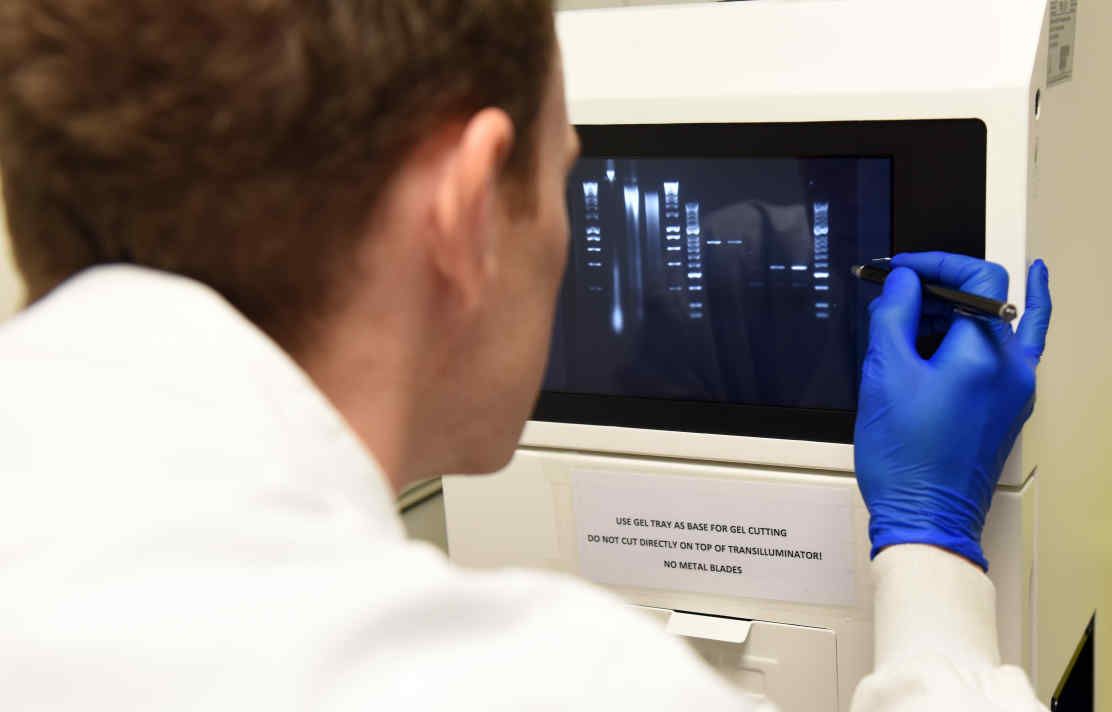BibTex format
@article{Bloom:2019:10.1136/thoraxjnl-2018-212957,
author = {Bloom, C and douglas, I and Olney, J and d'Ancona, G and smeeth, L and Quint, J},
doi = {10.1136/thoraxjnl-2018-212957},
journal = {Thorax},
pages = {1078--1086},
title = {Cost saving of switching to equivalent inhalers and its effect on health outcomes},
url = {http://dx.doi.org/10.1136/thoraxjnl-2018-212957},
volume = {74},
year = {2019}
}
RIS format (EndNote, RefMan)
TY - JOUR
AB - BackgroundSwitching inhalers to cheaper equivalent products is often advocated as a necessary cost saving measure, yet the impact on patient’s health and healthcare utilisation has not been measured.MethodsWe identified asthma and chronic obstructive pulmonary disease (COPD) patients from UK primary care electronic healthcare records between 2000 and 2016. A self-controlled case series was used to estimate incidence rate ratios (IRR); comparing outcome rates during the risk period, 3-months after the exposure (financially-motivated switch), and control periods (pre-switch, and post-risk period). Four outcomes were assessed: disease exacerbation, GP consultation, non-specific respiratory events and adverse-medication events. Medication possession ratio (MPR) was calculated to assess adherence. 2017 NHS indicative prices were used to estimate cost differences per equivalent dose.ResultsWe identified a cohort of 569,901 asthma and 171,231 COPD regular inhaler users, 2% and 6% had been switched, respectively. Inhaler switches between a brand-to-generic inhaler, and all other switches (brand-to-brand, generic-to-generic, generic-to-brand), were associated with reduced exacerbations (brand-to-generic: IRR=0.75, 95% CI 0.64-0.88; all other: IRR=0.79, 95% CI 0.71-0.88). Gender, age, therapeutic class, inhaler device, and inhaler-technique checks did not significantly modify this association (p<0.05). The rate of consultations, respiratory-events and adverse-medication events did not change significantly (consultations: IRR=1.00, 95% CI 0.99-1.01; respiratory-events: IRR=0.96, 95% CI 0.95-0.97; adverse-medication-events: IRR=1.05, 95% CI 0.96-1.15). Adherence significantly increased post-switch (median MPR: pre-switch=54%, post-switch=62%; p<0.001). Switching patients, in the cohort of regular inhaler users, to the cheapest equivalent inhaler, could have saved around £6 million annually. ConclusionSwitching to an equivalent inhaler in patients with asthma
AU - Bloom,C
AU - douglas,I
AU - Olney,J
AU - d'Ancona,G
AU - smeeth,L
AU - Quint,J
DO - 10.1136/thoraxjnl-2018-212957
EP - 1086
PY - 2019///
SN - 1468-3296
SP - 1078
TI - Cost saving of switching to equivalent inhalers and its effect on health outcomes
T2 - Thorax
UR - http://dx.doi.org/10.1136/thoraxjnl-2018-212957
UR - http://hdl.handle.net/10044/1/71736
VL - 74
ER -
